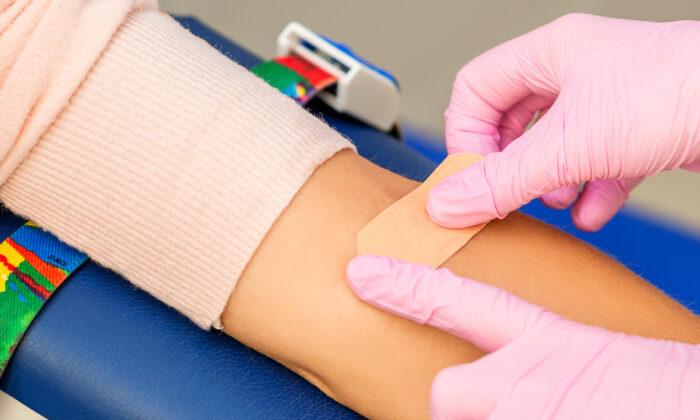New research may reveal why women get severe COVID-19 at about half the rate as men.
Women have more of a certain type of immune cell that fights infections in mucosal tissue, and these immune cells amass in the lungs, poised to attack the COVID virus, according to a new study.
Saban says the investigation began last spring as COVID first spread and he was sidelined from his normal caseload studying eye diseases. A piece of equipment in his lab—a device that can perform 36-color flow cytometry—was sitting idle, so he decided to use it to examine blood samples from COVID patients.
“We didn’t start with a hypothesis,” Saban says. “It was a completely unbiased approach, where we asked our colleagues to provide blood and tissue samples from COVID patients as well as healthy people. We had no idea what we would find, if anything.”
Among COVID patients, however, there were few MAIT cells circulating in the blood, even among women, where the population of MAIT cells radically fell off, leading the researchers to question where these cells had gone.
“We first found this dichotomy in healthy blood,” Saban says. “Circulating MAIT cells in women expressed genes indicative of a robust profile poised for fighting an infection, but this was not the case in males. Then we looked in the tissue and were able to find evidence of this same pattern by sex.”
Saban says there are numerous examples of sexual differences in the immune responses to infections, noting those differences have been prevalent all along with COVID-19.
“Our findings uncover a female-specific protective profile carried out by these MAIT cells, and this could potentially help guide the development of treatments and therapies,” he says.
Support for the study came from the National Institute of Allergy and Infectious Diseases, which is part of the National Institute of Health, the US Defense Advanced Projects Agency, the Veterans Affairs Health System, and Virology Quality Assurance.





